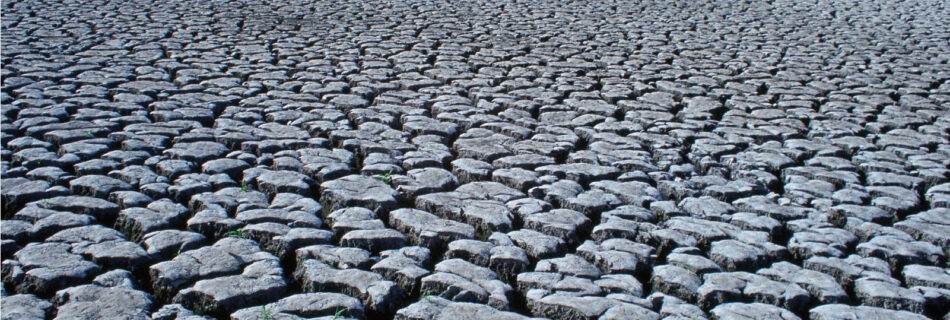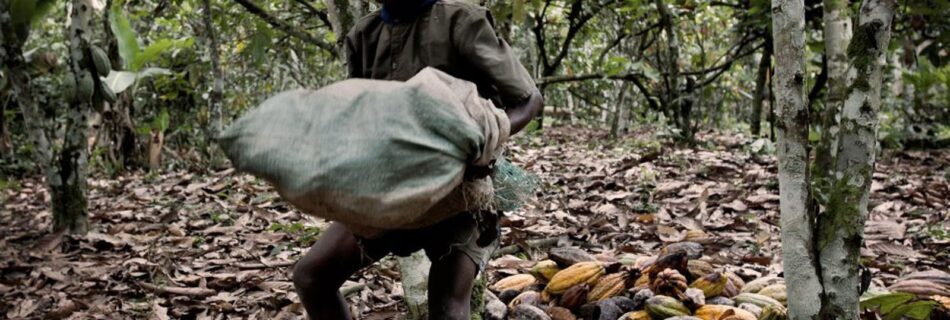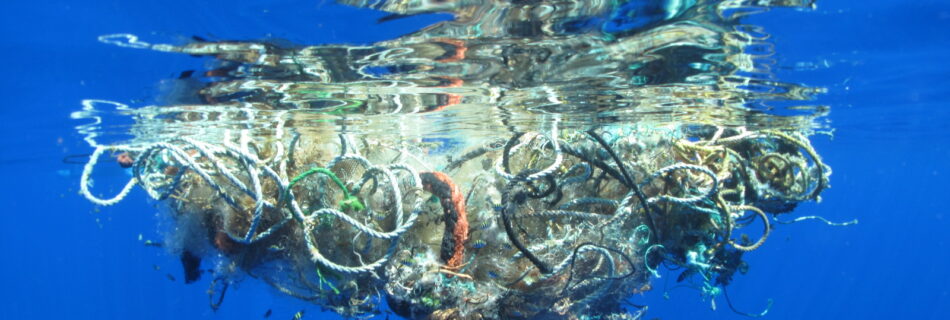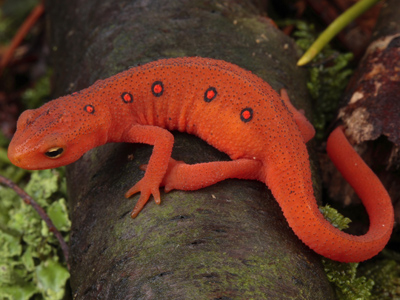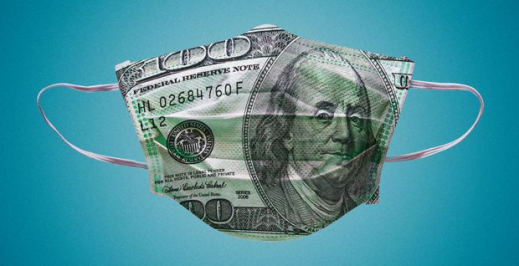Electronic Waste
Electronic Waste Millions of tons of e-waste, including computers, printers, mobile phones and TVs are shipped to China, India and Africa for disassembling and disposing. Why? Economic efficiency trumps responsibility! it is cheaper to export e-waste than to follow stricter environmental and safety rules at home. Many discarded electronics are nearly new or have fixable …



